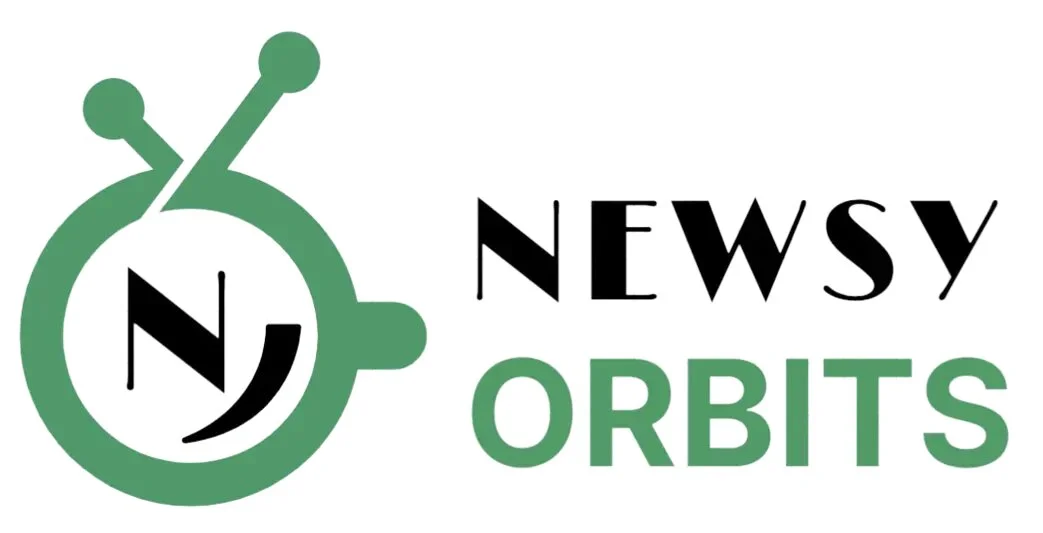For many Americans, college is the time for heading out on your own and embracing unique challenges as a newly independent adult. One of the biggest challenges many students face is securing affordable health insurance. While you may be young and healthy, health insurance protects you if you get ill or are in an accident.
Navigating the confusing world of insurance and health benefits for the first time may seem daunting. But, putting in the time and research is essential to obtaining affordable coverage. Luckily, we’ve done the work, so you don’t have to!
In this article, we’ll go over the best health insurance for college students so you can make an informed decision when choosing coverage.
Staying on a Parent’s Health Insurance Plan
While you may be out from under your parents’ roof, heading out to college doesn’t have to mean forging total independence. If your parents’ health insurance plan has covered you up until now, the Affordable Care Act (ACA) allows you to stay on their plan until age 26.
That means their health plan can potentially cover you for your entire college experience. This gives you a chance to focus your time and energy on your education. By the time you turn 26, chances are you’ll have graduated or have a job that offers medical insurance.
You can stay on your parents’ health insurance whether you’re in school full-time, part-time, or not even taking classes at all. So, if you need to take a gap year or a break during the summer, you’ll still have health insurance coverage through their plan.
University-Sponsored Insurance
If you can’t rely on your parents for health coverage, you may be able to find an affordable plan through your university. Because many schools require their students to have insurance, they offer student health plans to help cover medical expenses.
The ACA regulates most student health plans. This means they’ll cover the ten essential health benefits (including hospitalization, preventive care, prescription drugs, emergency care, and more) with no annual or lifetime benefit maximums.
Plans for students differ based on the university you attend. So, if you have questions, contact your school to see if their coverage is the best plan option for you.
Income-Based Plans
The next option for health insurance for college students is an income-based plan. These plans are only for Americans with a financial need based on their annual household income, the federal poverty level, and certain non-financial circumstances. So, if your parents still claim you as a dependent on their tax return, which uses their annual household income, you may not qualify.
While many confuse it with Medicare, Medicaid is the most common health insurance program for low-income Americans. Medicaid coverage also varies by state. Items and services covered by Medicaid in one state may not be eligible in another state.
Medicaid benefits are usually only valid in the state where the plan originates. Not all states have expanded coverage under the ACA. If you’re eligible for Medicaid as a low-income student, it’s essential to check the eligibility rules for Medicaid in your home state and your college’s state to ensure you’ll get the proper coverage.
If you’re 30 or older and experience a specific hardship, you may be able to qualify for a catastrophic health plan. Catastrophic plans have affordable premiums but high deductibles. They’re one of the cheapest options for students without major medical problems. It can cover you if they have a medical emergency, provided you meet the coverage requirements.
Health Insurance Plans on Public or Private Exchanges
Shopping for a health insurance policy on a public exchange can also be an excellent option for students. Public exchanges include a state-based exchange or the federal Health Insurance Marketplace.
Public exchanges have various qualified health plans that meet ACA requirements divided by metallic tiers, like bronze, silver, gold, and platinum. You can also purchase catastrophic plans on a public or private exchange. This gives you a wide range of options to help you find a level of coverage that balances a budget-friendly premium and a low enough deductible to meet your needs.
If you file your own taxes (and aren’t claimed as a dependent on your parents’ or anyone else’s taxes), you may even qualify for a premium tax credit to help make your public exchange health plan even more affordable.
If you want to shop on a private exchange, like from a broker or directly from a health insurance company, you can still buy an ACA-compliant plan like you would find on a public exchange.
But in addition to ACA plans, private health exchanges offer other insurance policies and additional benefits, like supplemental vision insurance and dental care. So opt for a private exchange if you want to enroll in several policies for comprehensive coverage or want the personalized support of working with a broker.
Employer-Sponsored Health Insurance
Many students have a job while they’re in college. While the federal government doesn’t require many small businesses to offer health insurance, many choose to do so—especially since it’s a great way to attract and retain employees.
Depending on your company, you can take advantage of a few employer-sponsored health benefits as a student. Let’s go over those options below.
Group Health Insurance Plans
If your company includes a wide range of health insurance options as part of its benefits package, you can participate in an employer-sponsored health plan, or a group health insurance plan.
Employer-sponsored health insurance is a policy an organization offers its employees. Employees participating in the plan pay a monthly premium to maintain coverage, generally as a pre-tax paycheck deduction. You have two opportunities to enroll in a plan: during the annual open enrollment period or a special enrollment period if you have a qualifying life event.
An employer may offer several plan types, and each plan’s provider network and policy terms, like deductible and coinsurance amounts, will vary. But since group health insurance covers most Americans, students will likely know how it works when starting employment. Plus, it’s an easy way to get health coverage without searching for a policy elsewhere on your own.
Health Reimbursement Arrangements (HRAs)
Your employer may offer a health reimbursement arrangement (HRA) to help contribute to their employees’ healthcare. With an HRA, employees can get reimbursed, tax-free, for over 200 eligible medical expenses and sometimes their individual health insurance premiums.
Depending on the type of HRA your employer offers, you may need to buy an individual plan or enroll in your employer’s group health policy to participate in the HRA. But with any HRA, they’re valuable tools to help student workers pay for their out-of-pocket costs, reduce their liability on their tax returns, and take better control of their health.
Health Stipends
Whether your employer offers a traditional group health plan or an HRA, they can provide you with even more coverage by supplementing them with a health stipend. Participating in
a health stipend gives you extra money typically added to your paycheck that you can use to spend on medical care and items.
Unlike HRAs, stipends are taxable, and they have fewer regulations. So, your employer can’t require you to use your stipend to buy healthcare items or request proof that you purchased a medical insurance policy. Regardless, stipends are an excellent option for students who want a flexible health benefit or need more financial support to pay for their medical costs.
Comparing Your Options
When it comes to choosing the best health insurance plan for your needs, there are several factors to consider.
Cost Comparison
Compare the premiums, deductibles, co-pays, and out-of-pocket maximums of each plan. Determine what you can afford monthly and annually.
Coverage Comparison
Look at what each plan covers, including essential health benefits, preventive care, prescription drugs, emergency services, and more. Make sure the plan you choose meets your health needs.
How to Apply for Health Insurance
Applying for health insurance can be straightforward if you follow these steps:
- Gather Necessary Documentation: Have your ID, proof of income, tax information, and any other required documents ready.
- Visit the Relevant Exchange or Provider: Depending on whether you’re applying through a public exchange, private exchange, or your employer, visit their website or office.
- Complete the Application: Fill out the application accurately and completely.
- Submit Your Application: Submit the application and any required documents.
- Follow Up: Keep track of your application status and respond promptly to any additional requests for information.
Understanding Health Insurance Terminology
Navigating health insurance terminology can be tricky. Here are some common terms and their meanings:
- Premium: The amount you pay for your health insurance every month.
- Deductible: The amount you pay out-of-pocket before your insurance starts covering expenses.
- Co-pay: A fixed amount you pay for a covered health service, usually when you receive the service.
- Out-of-Pocket Maximum: The most you have to pay for covered services in a plan year.
Tips for Using Your Health Insurance Effectively
To get the most out of your health insurance:
- Find In-Network Providers: Using in-network providers saves money.
- Understand Co-Pays and Deductibles: Know what you owe upfront and what will be billed later.
- Use Preventive Care Benefits: Many plans cover preventive services at no cost to you.
Common Challenges and Solutions
Health insurance can come with its challenges. Here are some common issues and how to address them:
- Navigating Bureaucratic Hurdles: Keep thorough records and follow up on claims and communications.
- Dealing with Denied Claims: Understand why a claim was denied and file an appeal if necessary.
- Finding Affordable Medication: Look for generic options, use pharmacy discount programs, and check if your insurance covers your medication.
Conclusion
Like anything you do for the first time, searching for and enrolling in health coverage can seem tricky initially. But once you understand your options, securing affordable health insurance will be off your to-do list so you can focus on your education.
If your employer offers an HRA or health stipend, take advantage of their many benefits. With either—or both—options, you can optimize your health savings and have greater medical coverage as you move through your college years.
FAQs
Can I stay on my parents’ insurance if I’m attending school out-of-state?
Yes, you can stay on your parents’ insurance even if you’re attending school out-of-state, as long as their plan provides coverage in that area.
What happens if I lose my student health insurance mid-semester?
If you lose your student health insurance mid-semester, you may qualify for a special enrollment period to get a new plan through a public exchange or a private insurer.
Are international students eligible for U.S. health insurance?
Yes, international students can purchase health insurance plans in the U.S., often through their university or private insurers.
How do I find out if my college offers a health insurance plan?
You can find out if your college offers a health insurance plan by contacting the student health services or the admissions office at your school.
What should I do if I can’t afford any of the available health insurance options?
If you can’t afford available health insurance options, check if you qualify for Medicaid or a premium tax credit. You can also look into low-cost clinics and health services offered by your university.



